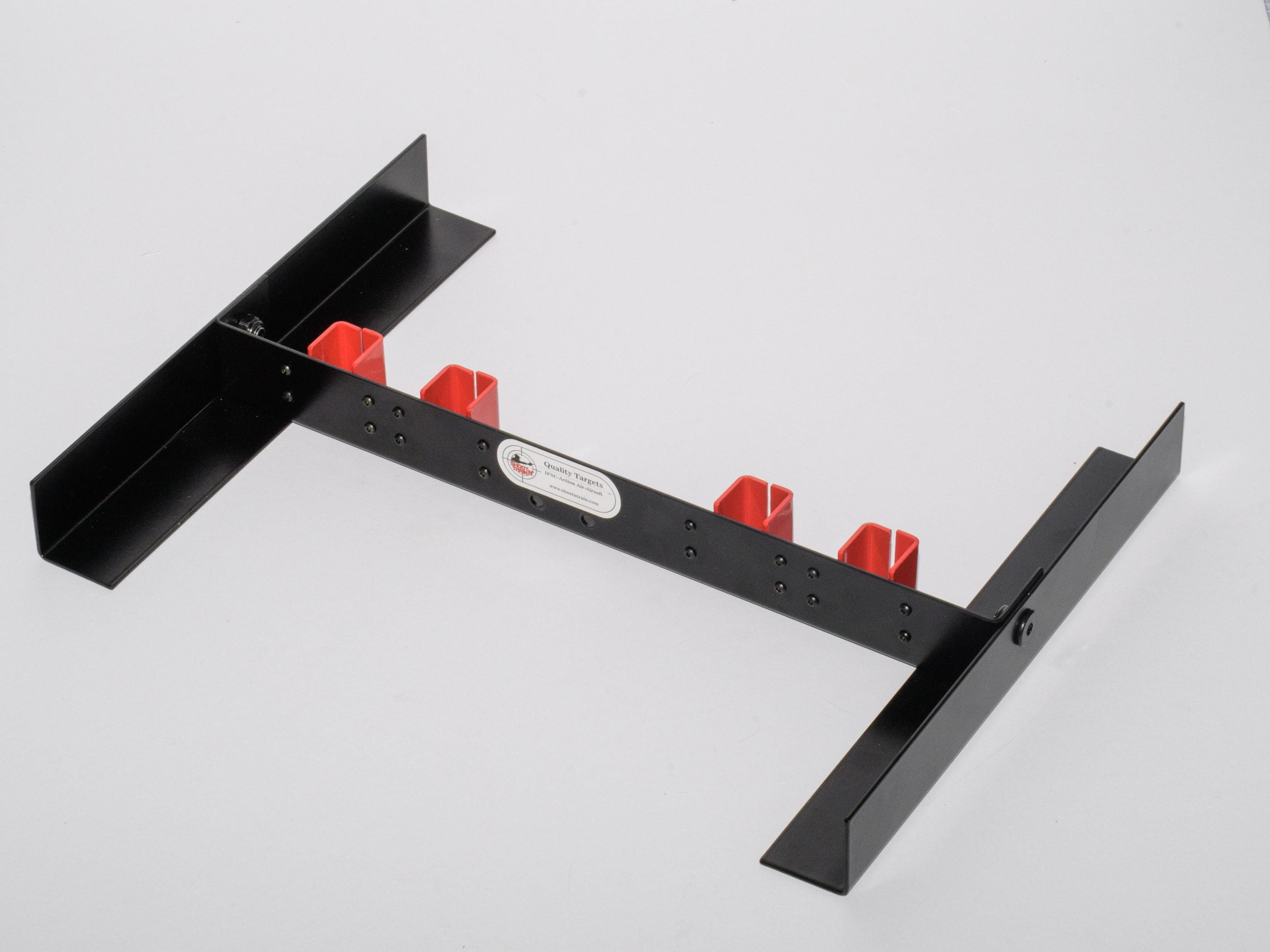Introduction
Welcome to the world of IPSC shooting, where accuracy and speed go hand in hand. IPSC (Global Practical Shooting Confederation) is a dynamic and tough shooting sport that requires shooters to engage targets while navigating through various scenarios. One element that sets IPSC apart from other shooting disciplines is using moving targets. In this article, we will check out advanced techniques for mastering moving targets in IPSC training.
The Value of Quality IPSC Targets
Before delving into the methods, it is essential to highlight the significance of using quality IPSC targets. A reliable target needs to not just stand up to the impact of bullets but likewise supply clear scoring zones for precise assessment. Shoot N' Train IPSC Targets have actually acquired recognition in the shooting community for their toughness and precise design. Purchasing premium IPSC cardboard targets guarantees that your training sessions are effective and realistic.
Advantages of Shoot N' Train IPSC Targets
Shoot N' Train provides a large range of benefits when it comes to IPSC training:
Durability: Shoot N' Train IPSC targets are made from strong cardboard product, making them resistant to use and tear during intense training sessions.
Accurate Scoring Zones: The targets include well-defined scoring zones, enabling shooters to evaluate their accuracy and boost their abilities effectively.
Realistic Representation: Shoot N' Train targets simulate the size and shape of real-world things, supplying a more genuine training experience.
Easy Setup: These targets can be quickly established on any variety or practice area, saving valuable time throughout training sessions.
By using Shoot N' Train IPSC Targets, shooters can maximize their training capacity and enhance their performance on moving targets.
Mastering Moving Targets: Advanced Techniques
Mastering moving targets needs a combination of skill, focus, and versatility. Here are some innovative methods to boost your efficiency in IPSC training:
1. Maintaining a Consistent Stance
To efficiently engage moving targets, it is essential to establish a stable shooting platform. Start by placing your feet shoulder-width apart and distributing your weight uniformly. Keep a minor bend in your knees and keep your upper body unwinded. This position provides a solid structure for fast target acquisition and follow-up shots.
2. Tracking the Target
Tracking moving targets needs smooth coordination between the shooter's eyes, hands, and body movements. Train your eyes to remain focused on the target while utilizing peripheral vision to monitor your surroundings. As the target relocations, efficiently track its trajectory with your firearm, keeping it lined up with the target's path.
3. Timing and Trigger Control
Timing plays an important role in hitting moving targets accurately. Develop a sense of timing by experimenting various moving target speeds. As you track the target, expect the ideal moment to squeeze the trigger, making sure accurate shot placement.
4. Body Positioning for Transitions
IPSC scenarios typically involve engaging multiple moving targets in fast succession. To optimize your effectiveness during transitions, place your body in a manner that reduces motion between targets. Practice shifting your weight smoothly from one foot to another while maintaining balance and stability.
5. Using Sight Picture Techniques
When engaging moving targets, shooters should adapt their sight image methods for improved accuracy. Explore various sight alignments, such as "flash sight photo" or "target focus," to identify which works finest for you in various scenarios.

6. Incorporating Motion into Training
To mimic real-world shooting circumstances, include motion into your training routine. Practice shooting while on the relocation, engaging targets from various angles and ranges. This dynamic training method enhances both speed and accuracy when handling moving targets.
FAQs
Here are some regularly asked questions about mastering moving targets in IPSC training:
Q: How can I improve my reaction time when engaging moving targets?- A: Reaction time can be enhanced through constant and repetitive training. Routinely practice drills that concentrate on quick target acquisition and engagement.
- A: One common error is overcompensating for the target's motion, leading to unreliable shots. Another is losing focus on peripheral targets while engaging a main target.
- A: Yes, various kinds of moving targets need varying methods. For example, engaging a swinging target may require leading the target, while engaging a running target may involve aiming at the anticipated point of impact.
- A: Accuracy comes with practice and establishing a deep understanding of your gun's attributes. Regularly train with moving targets to fine-tune your shooting skills.
- A: Mental preparation is important for keeping focus and responding promptly to changing situations. Visualize successful engagements before stepping onto the range to cultivate a confident mindset.
- A: Yes, dry-fire practice is an efficient way to boost trigger control and sight positioning, which are basic abilities for hitting moving targets accurately.
Conclusion
Mastering moving targets is a challenging however rewarding venture in IPSC training. By integrating these sophisticated techniques into your practice sessions and utilizing quality IPSC targets like Shoot N' Train, you can raise your shooting skills to brand-new heights. Remember, consistency and devotion are crucial to accomplishing success in this vibrant shooting sport. So get your equipment, head to the range, action air targets athens and start the journey of mastering moving targets in IPSC training.